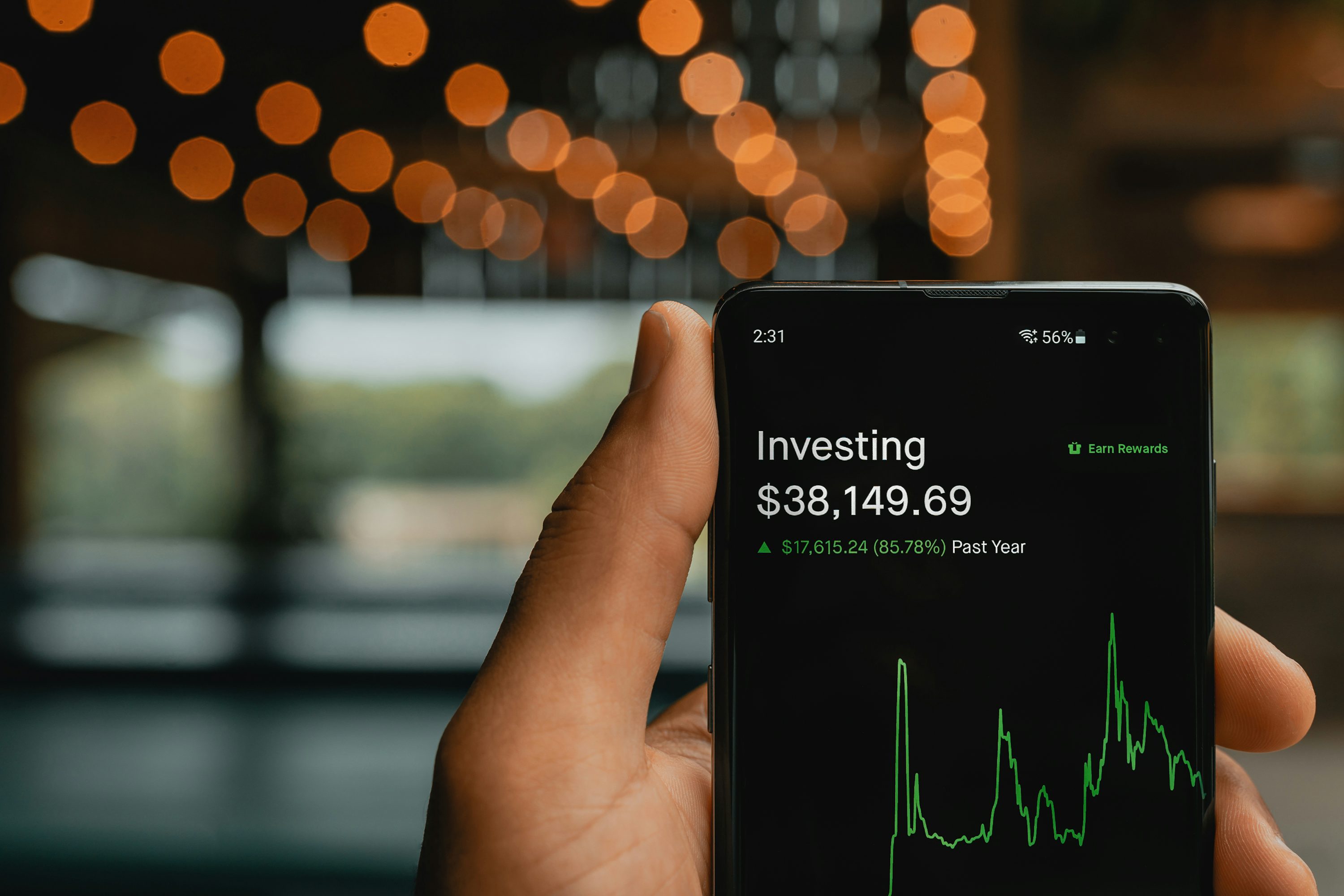Key Notes
- The Federal Reserve cut rates 0.25% on October 29 and will end Quantitative Tightening on December 1, creating liquidity conditions.
- The Treasury General Account holds $939.58B as of November 4, locked until the 36-day government shutdown ends.
- Analyst Benjamin Cowen argues multiple closes below Bitcoin's 50-week moving average would confirm a cycle top, as in past cycles.
Market analysts are divided on whether the current market cycle will extend through 2027 or collapse into a bear market during 2026. Bulls argue that loosening Federal Reserve policy and pending liquidity injections create conditions for continued growth, while bears point to historical patterns that have preceded every previous downturn.
The Federal Reserve reduced interest rates by 0.25% on Oct. 29 rate cut and announced it will halt its balance sheet reduction on Dec. 1 balance sheet policy. Bitcoin fell 2.55% to around $110,764 following the announcement, according to exchange data.
Market analyst Lark Davis has emerged as one of the most vocal proponents of the extended bull case, arguing the macro environment has completely reversed from 2022’s aggressive tightening. Davis stated that investors waiting for a 2022-style crash are “playing the wrong game” because current conditions represent the opposite situation.
The Treasury General Account held $939.58 billion as of Nov. 4, with funds locked until Congress resolves the 36-day government shutdown. The shutdown became the longest in US history on Nov. 5. Davis and other bulls argue that this cash will flood back into the system once the shutdown ends.
Bears Cite Historical Cycle Patterns
Analyst Benjamin Cowen stated that Bitcoin BTC $102 938 24h volatility: 1.0% Market cap: $2.05 T Vol. 24h: $60.72 B closing below its 50-week moving average multiple times would confirm a cycle top, as occurred in previous cycles. He projected 2026 will be a bear market, matching historical midterm year patterns.
#BTC is at a critical level.
Multiple closes below the 50W would confirm the top being in as it always has each cycle.
Regardless of whether the top is in, or if we go slightly higher, I still think 2026 will be a bear market, just like all prior midterm years. pic.twitter.com/4T9fAsQchs
— Benjamin Cowen (@intocryptoverse) November 4, 2025
Trader Doctor Profit called the current downturn the start of a bear market, projecting Bitcoin targets between $54,000 and $60,000 by September or October 2026.
This is not a correction only
Its the start of the bear market
My final targets are 54-60k region
Expect to be hit in Sept. October 2026
— Doctor Profit 🇨🇭 (@DrProfitCrypto) November 5, 2025
Markets recorded $1.73 billion in crypto liquidations in a 24-hour period on Nov. 5, with long positions accounting for $1.32 billion of the total. The CNN Fear & Greed Index stood at 21, indicating extreme fear.
Bulls Point to Fed Policy Pivot
Analyst Michaël van de Poppe stated Bitcoin could top at $1.2 million after a bull run extending two more years, contrasting with market expectations of a top at current levels around $115,000.
This is the type of cycle where everybody thinks that we're topping out with #Bitcoin at $115K.
Just before the bull goes on for 2 years more and it tops at $1.2M.
— Michaël van de Poppe (@CryptoMichNL) October 27, 2025
Analyst PlanB stated the top could arrive in 2026, 2027, or even 2028 based on the absence of typical bull market indicators. He noted that historically, the period six months before until 18 months after halvings has been profitable, which held true for the October 2023 to October 2025 period with 3x returns.
PlanB argued that an 80% crash cannot occur without a proper bull market first, and typical FOMO indicators like RSI above 80 and MVRV above 3 have not yet appeared.
That thesis was not so much about the top but about the historical fact that the period "6 months before until 18 months after halvings" has been very profitable. And that is still true for close Oct'23 – close Oct'25 period: 3x. Historically we are now entering a more risky… pic.twitter.com/2d7nJ8u19D
— PlanB (@100trillionUSD) October 31, 2025
Davis projected the cycle will extend deeper into 2026 based on the ISM manufacturing index remaining below 50 for over two years, indicating no expansion signal has occurred. He stated the classic four-year business cycle typically shows two years of expansion followed by two years of contraction, which would have pointed to a Q4 2025 peak under normal conditions.
Everyone's expecting this cycle to peak in Q4 this year.
But I think we're going way deeper into 2026.
Here's why:
The classic 4-year business cycle usually have 2 years of expansion and 2 years contraction.
That should’ve lined up with a Q4 2025 top.
But this time, the ISM… pic.twitter.com/yoCVd6r7LZ
— Lark Davis (@TheCryptoLark) October 1, 2025
The small-cap Russell 2000 index set an all-time closing high on Oct. 15, according to market data.
The debate’s resolution depends on when the government shutdown ends and which candidate from the five finalists to replace Jerome Powell becomes the next Federal Reserve Chair in May 2026. Treasury Secretary Scott Bessent confirmed the shortlist on Oct. 27, including current Fed governors and outside financial executives.
Disclaimer: Coinspeaker is committed to providing unbiased and transparent reporting. This article aims to deliver accurate and timely information but should not be taken as financial or investment advice. Since market conditions can change rapidly, we encourage you to verify information on your own and consult with a professional before making any decisions based on this content.

As a Web3 marketing strategist and former CMO of DuckDAO, Zoran Spirkovski translates complex crypto concepts into compelling narratives that drive growth. With a background in crypto journalism, he excels in developing go-to-market strategies for DeFi, L2, and GameFi projects.

















 English (US) ·
English (US) ·